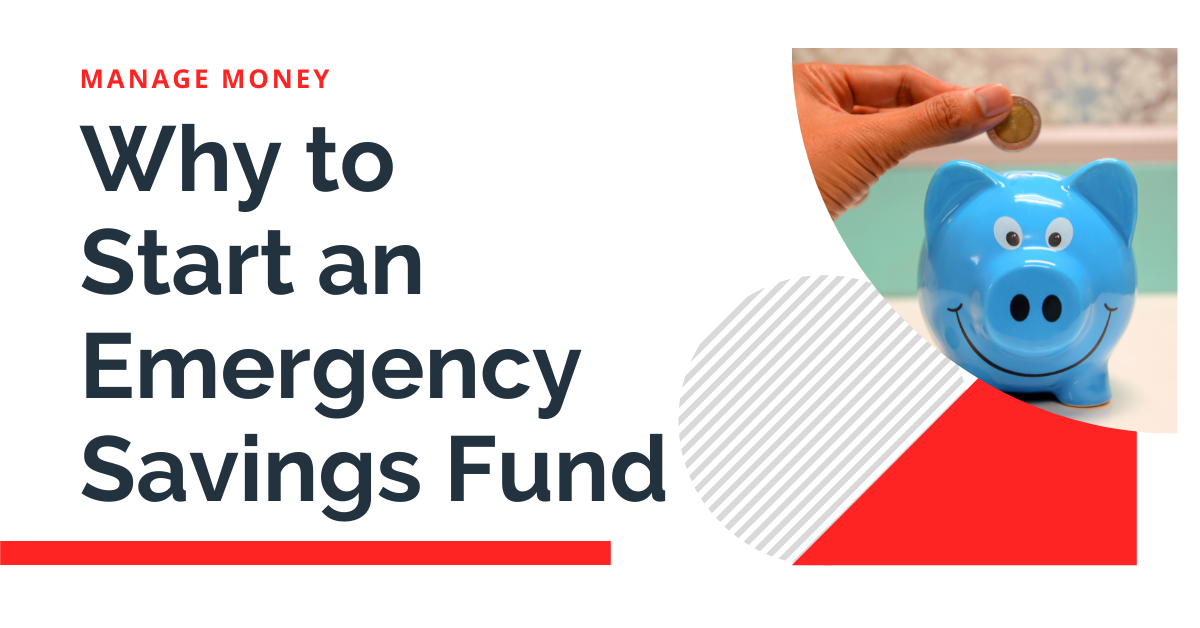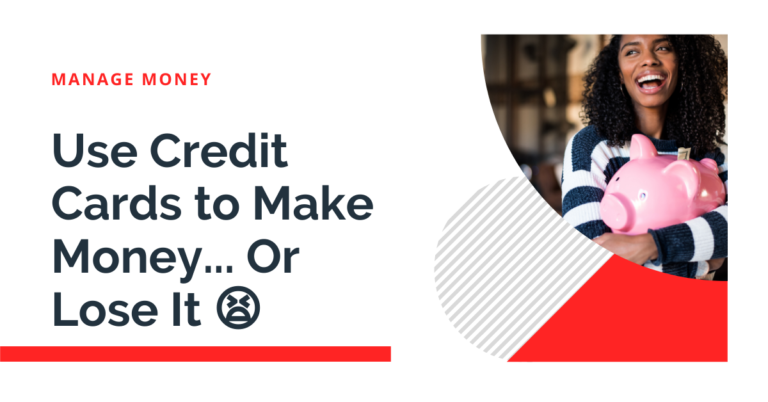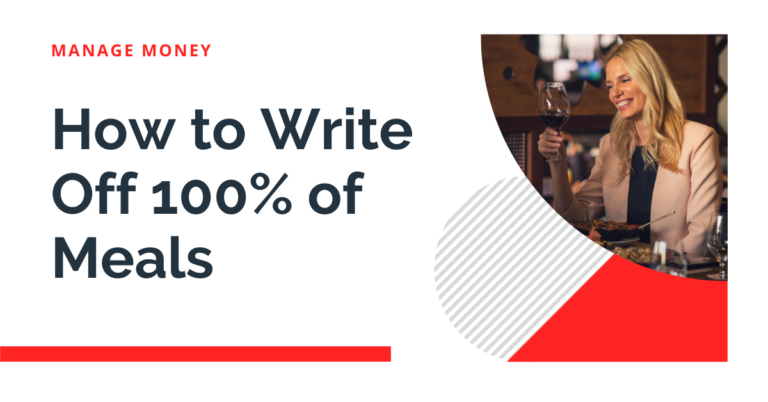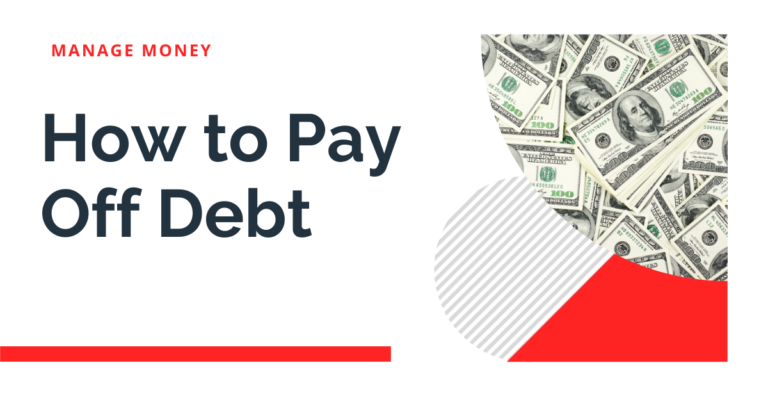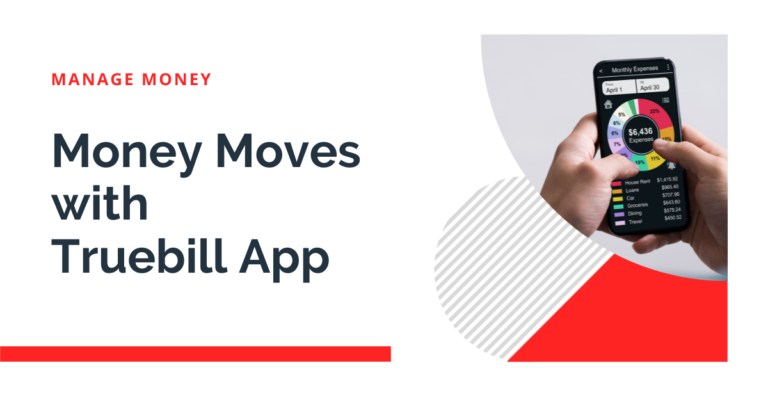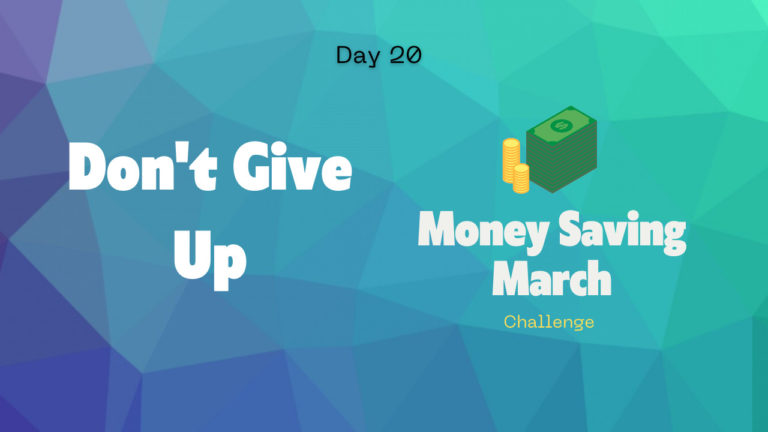The Importance Of Having An Emergency Savings Fund
Got unforeseen medical expenses?
Does your car need some major repair work?
Did you recently lose your job?
If your answer is yes to any of the questions above, having an emergency savings fund should be a top priority. And if not, be prepared to deal with those unfortunate and unexpected events or bumps in the road.
I know, I know – the emergency fund topic is not all that fun or sexy vs. planning your vacations. But did you know that planning for your emergency fund upfront can help you stay afloat when unexpected events occur? Here’s the story of Katherine to help you understand the importance of having emergency savings.
MY SAVINGS GAVE ME THE FREEDOM TO PURSUE MY DREAM
When I was younger and started earning an income, I saw my bank account as a way for me to buy things like shoes, clothes, and a daily Starbucks latte.
I didn’t have long-term goals. My parents were terrible with money, so I thought money was there to be spent. I only knew how to live and work for the moment and never considered having a plan B… or even a plan A. I only did what I knew and was exposed to.
As I’ve gotten older, many of my friends told me they saved, but I couldn’t imagine why they’d need to. Life is short. Live it up was my motto. But then things quickly turned when my friends started planning a last-minute snowboarding trip to Japan. I was mortified that my budget didn’t include a cushion for spontaneous events or wasn’t adequately prepared for the future.
So I stopped buying things I didn’t need and began adding to my emergency savings — not just for the holidays but also for the future. I became addicted to watching my bank account go up higher and higher over the years. Coming from a low-income household, who wouldn’t be proud of their hard work of saving money. So I stopped buying things I didn’t need and began adding to my emergency savings — not just for the holidays but also for the future.
My job at the time required a lot of driving, and one day, on my way to an appointment, I was in a collision, and my car was totaled. Because the contract required me to use my personal vehicle and the company had no accident insurance, I lost my job. Within the same month, I found out I needed surgery; there was no way I could land a new position and request time off for the recovery.
So for the first time in a long time, my bank account went down. At the time, I didn’t have health insurance, and the surgery took a large chunk of my emergency savings, but I could keep myself afloat because I’d been diligent about putting money in my emergency savings fund.
While bedridden after surgery, I had a lot of time to think things over, and I realized that I had never done anything I truly loved. My life had revolved around work, and I thought it was time for a change. The savings I had accumulated gave me the security and freedom to pursue other options. It gave me the ability to take control of the unexpected and follow my passions.
During my time of self-discovery, I developed an art style, compiled a portfolio, and put my work online. I soon started selling prints and doing commissions. Six months later, I’m earning an income from my art and can support myself by doing the things I love.
I still save and work toward my financial goals and future dreams — the only difference is that now, thanks to my emergency savings, I can fulfill the other dreams I forgot. So now, do you understand why having emergency savings can help you survive in an unexpected life/business situation?
If so, here are our actionable steps.

3 Tips To Help You Build Your Emergency Fund
Tip 1: Start small.
Open a savings account that is dedicated to your emergency savings fund. Consider a high-yield savings account…. the video at the top of the page introduces DCU (Digital Credit Union) and their savings account, which has a 6.17% APY for the first $1,000!
Try to set aside at least $500 or $1,000, and then work your way up to half a year’s worth of expenses or, at a minimum, three months.
Think baby steps. Stop paying for unnecessary daily expenses where you are just wasting your hard-earned money.
Step 2: Set a monthly savings goal.
This will get you to save regularly, making the task less daunting. Even if it only means $5 or $10 a day, you need an endpoint or goal to aim for with actionable steps.
One way to do this is by automatically transferring funds to your savings account each time you get paid. So if you get direct deposit from your employer or gig app such as Uber, Fiverr, or TaskRabbit, you can automatically have a set amount transferred into your emergency savings fund.
Setting monthly savings is essential to help you stay on track.
Step 3: Assess and adjust contributions.
Check-in after a few months to see how much you’ve contributed towards your emergency savings. Adjust if needed, especially if you recently withdrew money from your emergency fund to help pay for that unexpected accident.
On the other hand, if you’ve saved up enough to cover three to six months of expenses and have extra cash, you might consider investing the additional funds instead.
References include NerdWallet.com and HerMoney.com. The financial independence journey starts here.

